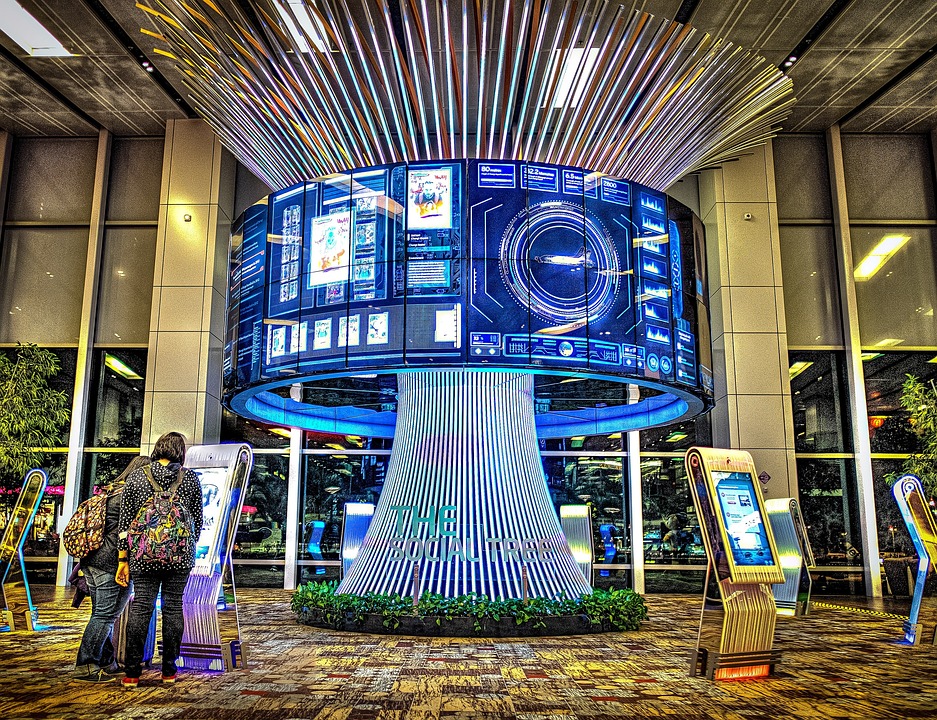Using outcomes of transformative experiences (TE) for enhancing advertising effectiveness
Measuring TE ad performance in comparison to other ads Previous research identified research gaps in enticing potential consumers interested in transformation through appropriate marketing materials as well as in measuring ad-evoked emotions in the context of tourism marketing. The quantitative online study aimed to understand how an ad in which outcomes of TE were included […]
Research: Adaptation and resilience of the key organizations in the Lappeenranta region after losing their main international customer segment
Introduction of the study The aim of this master’s thesis was to investigate how organizations in the Lappeenranta region have managed the recent crisis of the COVID-19 pandemic and the conflict between Russia and Ukraine. Both of these crises have tested the resilience of the destination and its organizations as they have caused the loss […]
How digital nomads are shaping the travel industry?
How are digital nomads shaping the travel industry? Who are digital nomads? Technology is enabling a new, dynamic remote workforce called Digital Nomads. Digital Nomads are a population of independent workers who choose to embrace a location-independent, technology-enabled lifestyle that allows them to travel and work remotely, anywhere in the world. Our research finds that […]
How can AR (Augmented Reality) be used to improve the customer experiences in Spas?
The tourism industry is changing significantly as information technology is becoming more and more part of it. Information technology has a critical influence on making tourism businesses more competitive, as it provides the tools that a tourism business needs to improve their marketing and management (Buhalis, O´Connor, 2005.). Information technology has changed the way tourism businesses […]
Can we promote sustainable management in tourism field with the help of technology?
Sustainability is a trend that has been arising over the years. It is almost already overused term but especially when talking about traveling sustainability is a thing to consider in multiple perspectives. Another trend that has been arising in tourism field is information technology. People use it for almost everything, for example when buying travel […]
Research: The impact of sustainability communication on tourists’ willingness to pay for a cottage holiday
The goal of this research was to examine how communicating different sustainability dimensions affects German tourists’ willingness to pay for a Finnish holiday cottage. Sustainable tourism is traditionally divided into three dimensions: environmental, socio-cultural and economic. This research also was aiming to find out whether socio-demographic factors have an impact on the formation of willingness […]
Can technology make tourism more transformative ?
Transformative tourism (TT) is a type of meaningful and purposeful tourism. Traditional tourism is often used as an escape mechanism from everyday life (5). Transformative tourism is motivated by seeking (10). In transformational tourism the tourist seeks personal growth during their travels, which can take place in areas such as well-being, spirituality and education. The […]

What causes people to buy from OTAs?
Today millions of travelers around the globe use Online Travel Agencies (OTAs) to plan their leisure and business travel. OTAs are getting popular among travelers even though there are still people who prefer travel agents expertise instead. Although, OTAs evolved their introduction in the 1990s, the corona pandemic provided new and exciting opportunities for them […]

Does AI in tourism have unlimited possibilities?
Does AI in tourism have unlimited possibilities? Are all possibilities positive? Will there be a new level of crime, automation and robots displace workers and ICT has stifled human interaction? Are we ending up in a circle of choises or does this lead us to pilgrimage unknown paths? Have hardcore tourist ended up to be […]

Why should Smart Tourism Destinations invest in IoT solutions – or should they?
In recent years, the tourism industry has embraced the idea of Smart Tourism Destinations, emerging from the concept of Smart Cities. In both, the beating heart is the marketing word ‘smart’, representing all things that can be embedded or enhanced by technology¹. In fact, technologies such as cloud computing and the Internet of Things (IoT), […]